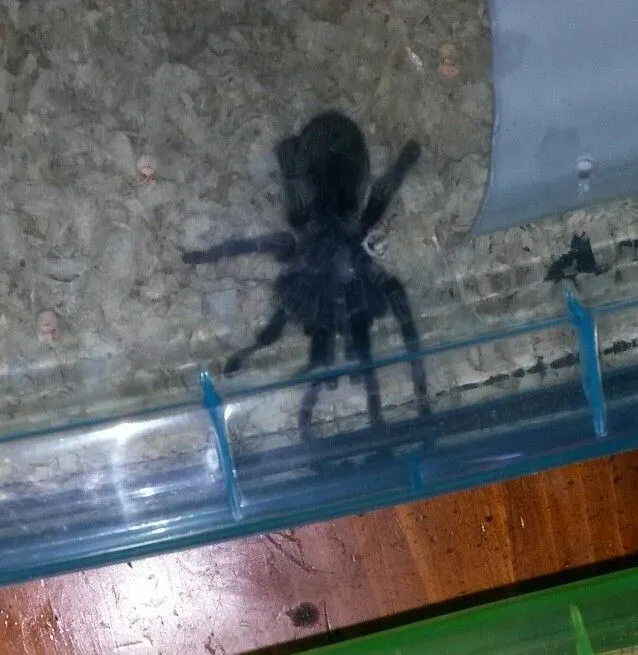Chilean Flame Tarantula Characteristics
The Chilean Flame Tarantula (Grammostola rosea), also known as the Rose Hair Tarantula, is a popular choice for beginner tarantula enthusiasts due to its docile temperament and relatively easy care requirements. These tarantulas are native to the grasslands of Chile, Argentina, and Bolivia, and they are known for their beautiful coloration and manageable size, making them a fascinating pet. This guide will delve into the top 5 facts about caring for your Chilean Flame Tarantula, providing essential information on their characteristics, habitat, diet, handling, and health.
Appearance and Size
Chilean Flame Tarantulas exhibit a beautiful range of colors, typically a mix of tan, brown, and pinkish hues, which gives them their common name. Adults typically range from 5 to 6 inches in leg span, with females generally being larger than males. Their bodies are covered in fine hairs, and they have a robust, sturdy build. The coloration can vary slightly depending on the individual tarantula and its environment, adding to the unique charm of each pet. These tarantulas are not particularly fast movers, which makes them easier to observe and care for, and they are not known to be aggressive.
Lifespan of Chilean Flame Tarantulas
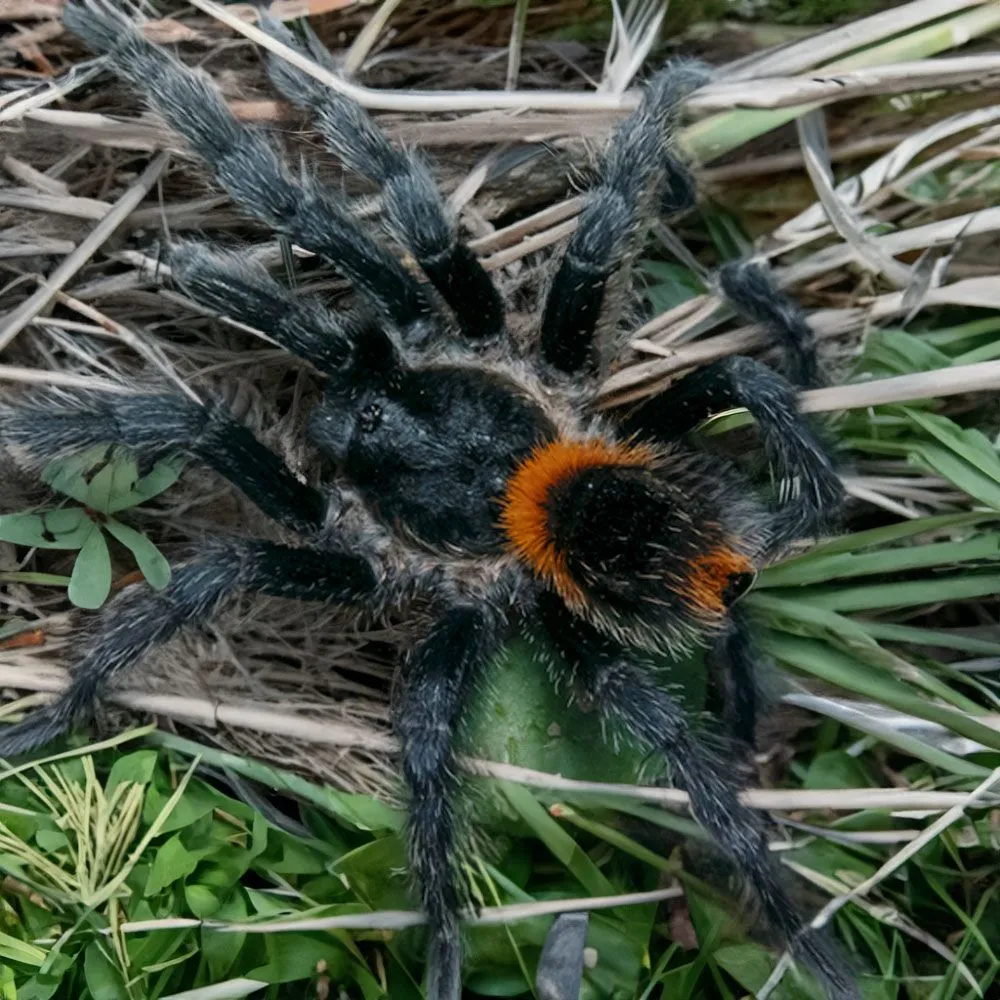
One of the appealing aspects of owning a Chilean Flame Tarantula is their relatively long lifespan. Females can live for an impressive 15 to 20 years, while males typically have a shorter lifespan of 5 to 7 years. This longevity makes them a long-term commitment, and prospective owners should be prepared to care for their tarantula for many years. Proper care and a suitable environment are crucial for maximizing their lifespan, so understanding their needs is vital. Factors such as diet, humidity, and temperature play a significant role in the tarantula’s overall health and longevity.
Chilean Flame Tarantula Habitat
Creating the right habitat is crucial for the well-being of your Chilean Flame Tarantula. Their enclosure should mimic their natural environment to ensure they feel safe and thrive. The proper setup will not only provide a comfortable living space but also contribute to their health and happiness. Choosing the right enclosure size, substrate, and decor is essential for providing an environment that meets their needs and encourages natural behaviors. A well-designed habitat will make it easier to observe and interact with your tarantula, enhancing your overall experience.
Ideal Enclosure Setup
A ten-gallon tank is usually sufficient for an adult Chilean Flame Tarantula. Ensure the enclosure has a secure, well-ventilated lid to prevent escape. The enclosure should be larger than the tarantula’s leg span to allow for movement and growth. Avoid using enclosures that are too tall, as tarantulas can fall and injure themselves. Consider the location of the enclosure, ensuring it is in a stable, low-traffic area away from direct sunlight and drafts. A comfortable and secure enclosure will minimize stress and promote the tarantula’s health and well-being, making them feel more at home.
Substrate and Decor
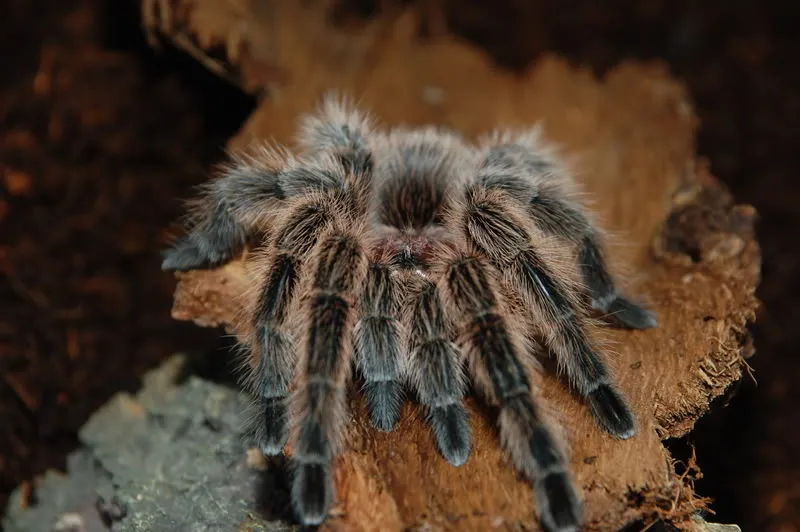
Use a substrate such as a mix of coconut fiber, peat moss, and a bit of vermiculite, which will help to retain humidity. The substrate should be about 3-4 inches deep to allow for burrowing. Provide a hide, such as a half-log or a piece of cork bark, where the tarantula can retreat and feel secure. Add a shallow water dish with fresh, clean water at all times. Decorations can include artificial plants or rocks, but ensure they are secure and won’t fall and injure the tarantula. Maintaining the right substrate and decor will help create an environment that allows the tarantula to feel safe and secure.
Chilean Flame Tarantula Feeding and Diet
Feeding your Chilean Flame Tarantula appropriately is critical for its health and longevity. Tarantulas are opportunistic feeders, and their diet should consist of a variety of insects. The type and frequency of feeding will depend on the tarantula’s age and size, but providing a balanced diet is essential. Overfeeding should be avoided, as it can lead to health problems. A well-fed tarantula is more likely to thrive in its enclosure. Monitoring your tarantula’s eating habits will help you determine what is best for it.
What to Feed Your Tarantula
The primary food source for Chilean Flame Tarantulas should be insects such as crickets, mealworms, and roaches. These insects should be gut-loaded before feeding to your tarantula to provide extra nutrients. You can also offer occasional treats like small pieces of pre-killed mice, but these should be provided sparingly. Ensure the prey items are no larger than the tarantula’s body. Always remove uneaten food within 24 hours to prevent mold and mites. Providing a variety of foods will provide a well-balanced diet for your pet tarantula.
Feeding Frequency
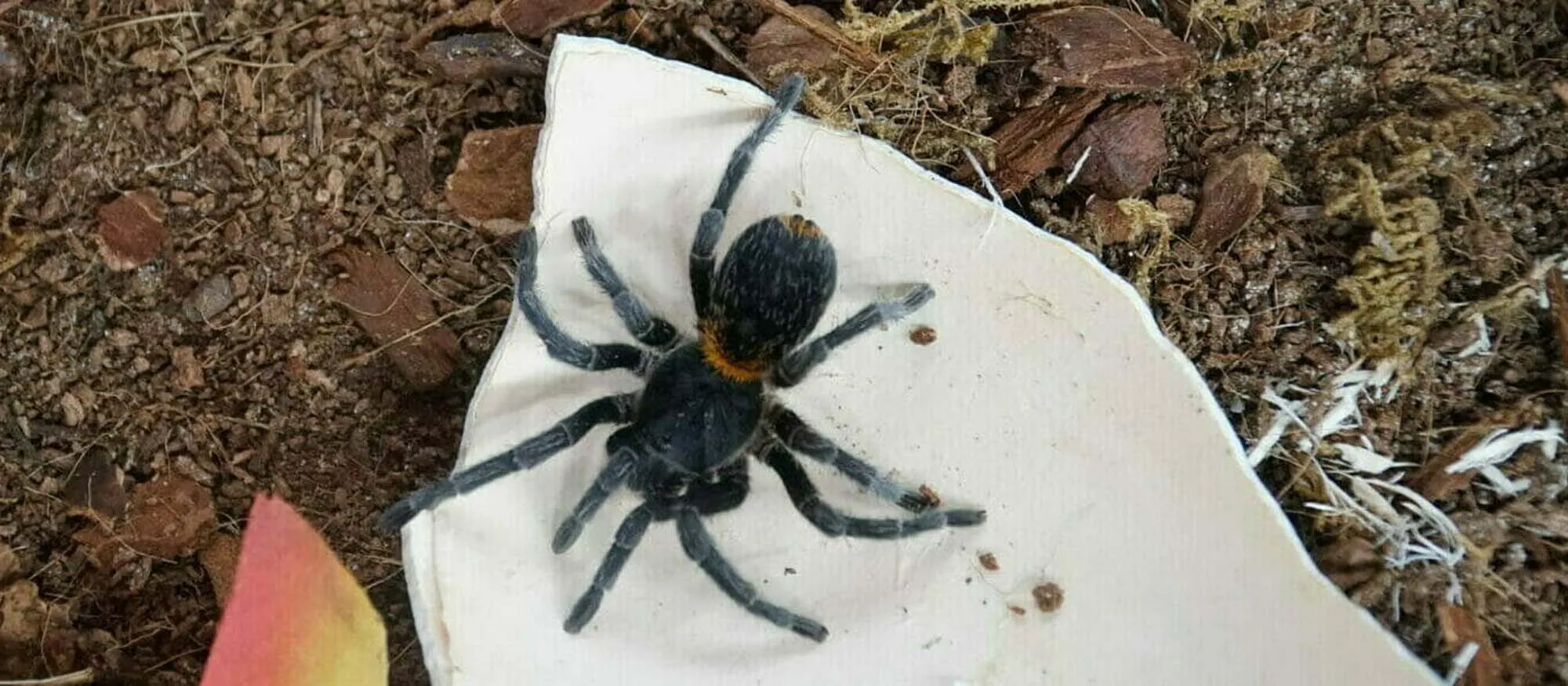
Young tarantulas (spiderlings) should be fed 2-3 times per week. Adult tarantulas can be fed once every 1-2 weeks, depending on their size and activity level. Observe your tarantula’s abdomen; if it appears plump, it is well-fed. Adjust the feeding frequency as needed. Always provide fresh water in a shallow dish and make sure it’s readily available. It is normal for tarantulas to go for extended periods without eating, particularly before molting. Monitor and adjust the feeding schedule based on your tarantula’s behavior.
Chilean Flame Tarantula Handling and Temperament
Chilean Flame Tarantulas are known for their docile temperament, which makes them a good choice for beginners. However, it’s crucial to handle them with care and respect. Understanding their behavior and learning safe handling practices will minimize the risk of injury to both you and the tarantula. These tarantulas are generally not aggressive, but they can become defensive if they feel threatened. Always approach with caution and observe their body language to ensure a safe and positive interaction. Proper handling will ensure a harmonious relationship with your pet.
Safe Handling Practices
If you choose to handle your Chilean Flame Tarantula, do so with extreme caution. Handling should be kept to a minimum to avoid stressing the tarantula. Avoid handling after feeding or before molting. Approach the tarantula slowly and gently, and encourage it to walk onto your hand rather than trying to pick it up. Always handle the tarantula over a soft surface, such as a bed or a carpet, in case it falls. Wash your hands thoroughly before and after handling to prevent the transfer of any substances. Observe and respect the tarantula’s cues to ensure a safe and positive experience.
Temperament and Behavior
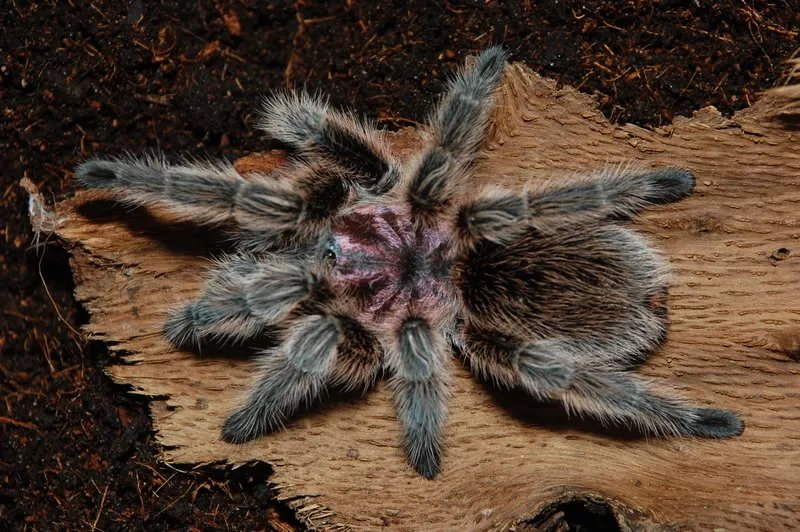
Chilean Flame Tarantulas are generally docile and rarely bite. However, they may flick urticating hairs as a defense mechanism, which can cause skin irritation. These tarantulas are typically slow-moving and spend most of their time on the ground. They can be shy, and they often prefer to hide in their burrows or under their hide. Understanding their behavior helps in providing a suitable environment. Always observe their body language to identify any signs of stress or agitation. Keeping them in a quiet and stable environment is important to ensure that they remain calm and relaxed.
Chilean Flame Tarantula Health and Common Issues
Like all pets, Chilean Flame Tarantulas can be susceptible to certain health issues. Recognizing the signs of illness and taking preventative measures are essential for ensuring your tarantula’s long-term health. Most health problems in tarantulas stem from improper care, so a well-maintained habitat and a proper diet are crucial to maintaining a healthy pet. Regular observation and awareness of common issues will help you provide the best possible care for your Chilean Flame Tarantula. Early detection can help prevent more severe problems down the road.
Recognizing Signs of Illness
Some signs of illness in Chilean Flame Tarantulas include a lack of appetite, lethargy, and unusual behavior. Watch out for loss of balance, tremors, or uncoordinated movements. Check for any signs of parasites, such as mites, and address them immediately if found. If your tarantula shows any of these symptoms, consult with an experienced tarantula keeper or a veterinarian familiar with exotic animals. The earlier you identify a problem, the better chance you have of providing care. Make sure that you pay attention to any changes.
Preventative Care
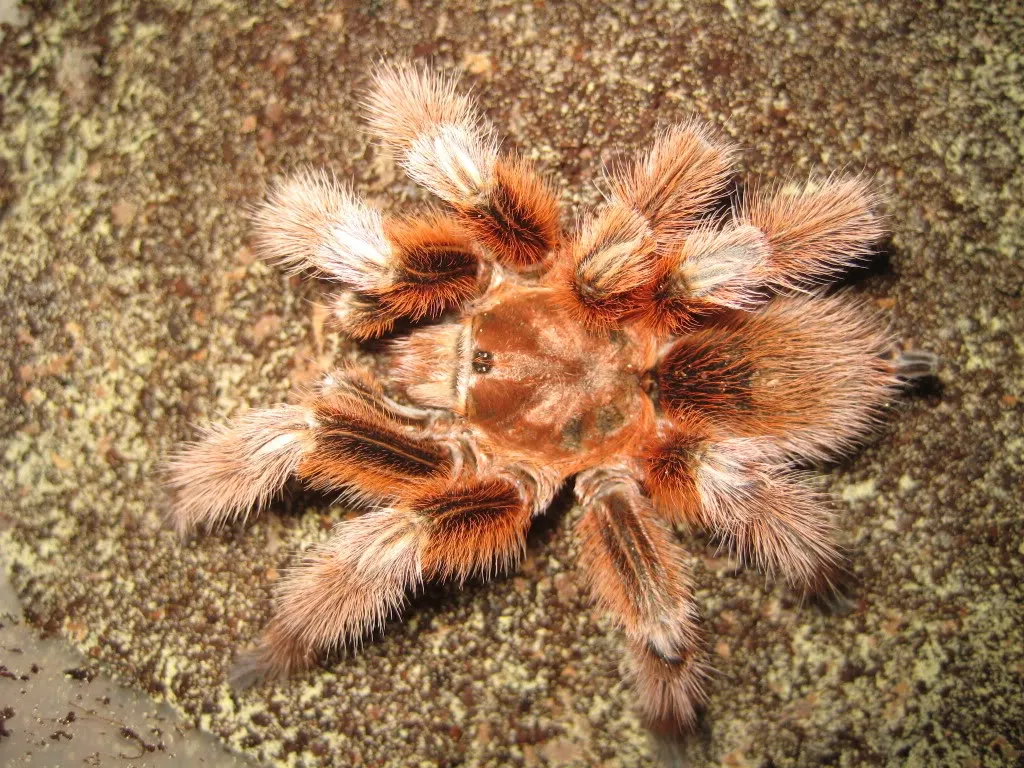
Preventative care is key to keeping your Chilean Flame Tarantula healthy. Maintain a clean and appropriate habitat, including regular cleaning. Ensure that the humidity and temperature levels are correct. Provide a varied and nutritious diet, and remove any uneaten food promptly. Quarantine new tarantulas to prevent the spread of diseases. Regular observation of your tarantula will help you catch any potential health issues early on. By taking these preventative measures, you can significantly improve the health and lifespan of your pet.
In conclusion, caring for a Chilean Flame Tarantula can be a rewarding experience. By understanding their characteristics, creating an appropriate habitat, providing a balanced diet, practicing safe handling, and recognizing potential health issues, you can ensure your tarantula thrives. These amazing creatures offer a unique insight into the world of invertebrates, and with proper care, they can provide years of enjoyment and fascination. Enjoy the journey of owning a Chilean Flame Tarantula!
